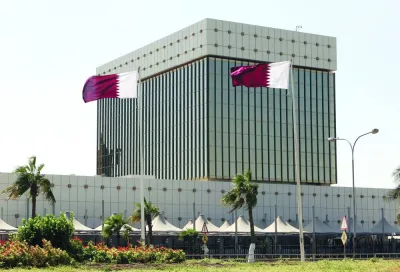QIIB has been named ‘Best Islamic Retail Bank in Qatar for 2025’ by Global Business & Finance magazine in recognition of the bank’s excellence in providing innovative, comprehensive retail services and its ability to respond swiftly and effectively to the evolving needs of its customers. The judging panel at the Global Business & Finance stated that QIIB was selected for this award following a comprehensive evaluation of its retail banking performance over the past year. The bank demonstrated a strong ability to develop advanced banking products, enhance its digital channels to offer a seamless and user-friendly experience, and adopt the highest standards of quality and innovation in service delivery. The magazine praised the bank’s strategic vision, which combines banking leadership with operational flexibility, enabling it to meet the needs of a broad customer base. It also highlighted QIIB’s continued investment in digital infrastructure and modern technologies, which ensure secure, 2x7 access to services. QIIB Chief Executive Officer Dr Abdulbasit Ahmad al-Shaibei said, “We are pleased to receive this prestigious award, which reinforces QIIB’s position as a leading banking institution in Qatar. It also affirms our success in building a banking experience that meets the needs of all customer segments and supports their expectations”. He noted, “We have been committed to providing a comprehensive customer experience by enhancing our digital services, expanding our financing products, and offering smart solutions that simplify day-to-day banking, all supported by a professional team and a state-of-the-art technological infrastructure built around the latest trends in the banking sector”. Dr. Al-Shaibei noted that the award serves as an added incentive to continue delivering excellence, stating: "We see this recognition as a new milestone in our journey of innovation and achievement. It strengthens our commitment to developing new products and services that bring real value to our customers, with a strong focus on satisfaction and continuous improvement”. He went on to highlight that customer satisfaction stands a top priority for QIIB, as it is considered a key measure of any financial institution’s true performance. “QIIB is committed to delivering a rich and integrated banking experience that includes a wide range of both digital and traditional services. The Bank offers customers flexible, easy-to-use options—whether through mobile banking, branches, the call center, or interactive platforms—ensuring excellence in service, convenience in every transaction, and stronger long-term relationships with its customers”. Al-Shaibei thanked Global Business & Finance magazine for the recognition, and extended his appreciation to all QIIB employees for their dedicated efforts in embodying the bank’s vision and achieving its strategic goals with professionalism and excellence.

Pratap John
Pratap John is Business Editor at Gulf Times. He has mainstream media experience of nearly 30 years in specialties such as energy, business & finance, banking, telecom and aviation, and covered many major events across the globe.
Most Read Stories























